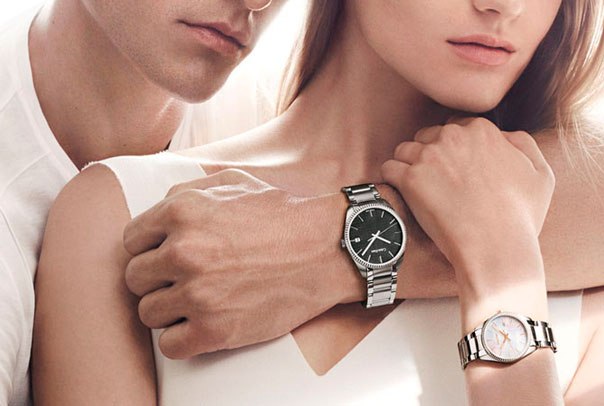
How do I determine the right watch size for my wrist?
Wearing the right watch can be more than just a timekeeping accessory; it’s a statement of style and personality. However, finding the perfect watch size for your wrist is crucial. In this comprehensive guide, we’ll explore the art of determining the ideal watch size, providing expert advice and answering common questions. Let’s embark on this journey to ensure your wristwatch complements your style and comfort.
Selecting the Right Watch Size: A Balancing Act
Wearing a wristwatch is about more than just telling time; it’s a reflection of your personality and style. However, finding the right watch size for your wrist can be a bit tricky. Here, we’ll explore the key factors to consider.
The Watch Size Essentials
Choosing the ideal watch size is a balance between aesthetics and comfort. Here are the essential factors to consider:
1. Wrist Size Matters
Your wrist size is the foundation for selecting the right watch. Measure your wrist circumference to get a precise idea of what will fit comfortably.
2. Watch Case Diameter
Watch case diameter refers to the width of the watch, including the dial. It’s one of the primary indicators of size. Smaller wrists generally look better with watches around 38-42mm, while larger wrists can handle up to 46mm.
3. Lug-to-Lug Length
Lug-to-lug length is the measurement from one end of the watch case to the other. It affects how the watch sits on your wrist. For a snug fit, ensure it doesn’t exceed your wrist’s width.
4. Thickness
The thickness of the watch impacts its profile on your wrist. Slim watches, around 6-12mm, are versatile and suitable for most wrist sizes.
5. Band Width
The width of the watchband also plays a crucial role. It should complement the watch case’s size. A general guideline is that the band width should be half the size of the watch case.
6. Personal Style
Consider your personal style when selecting a watch size. If you prefer a bold and striking look, you might opt for a larger watch. For a more classic and subtle style, a smaller watch is ideal.
Frequently Asked Questions
What if I have a small wrist?
If you have a smaller wrist, opt for watches with a case diameter between 36-40mm. Additionally, consider a slim and lightweight design for a comfortable fit.
Are oversized watches suitable for all wrist sizes?
Oversized watches can make a bold statement, but they’re best suited for larger wrists. Smaller wrists might find them uncomfortable and overwhelming.
Should I consider my clothing style when choosing a watch size?
Yes, your clothing style should influence your watch size choice. For formal attire, opt for a classic and subtle watch. Casual outfits can handle more variety.
Can I adjust the band length to fit my wrist?
Most watchbands are adjustable. Visit a jeweler or use online tutorials to ensure a perfect fit.
Are there unisex watch sizes?
Many watches are unisex, typically ranging from 36-42mm. These can be suitable for a wide range of wrist sizes and styles.
How do I determine my wrist size accurately?
To measure your wrist accurately, use a soft measuring tape, or wrap a strip of paper around your wrist and measure it with a ruler. The result will give you an approximate circumference.
Conclusion
Selecting the right watch size for your wrist is more than just a matter of aesthetics; it’s about comfort and personal expression. By considering factors like wrist size, case diameter, lug-to-lug length, thickness, band width, and personal style, you can ensure your watch is a perfect fit. Always remember that your watch should be an extension of your personality. Now, armed with this knowledge, you can confidently choose a watch that complements your style and suits your wrist perfectly.



